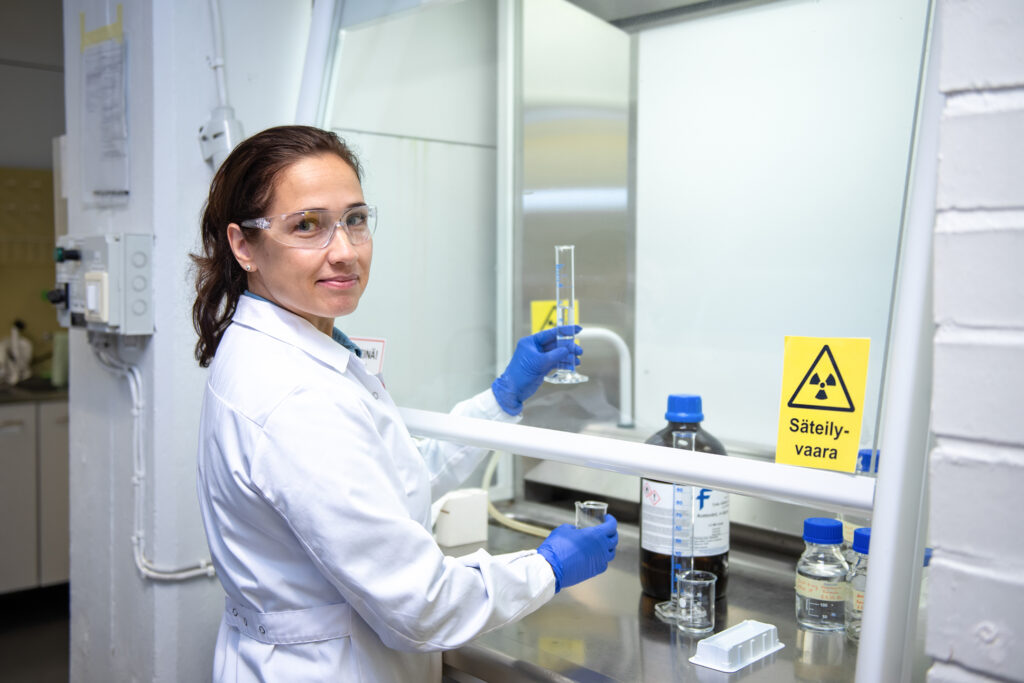In recent decades, the pharmaceutical industry has witnessed a remarkable surge of interest in oligonucleotide-based therapies and antisense oligonucleotides (ASOs), belonging to various generations, have emerged as promising drug candidates. These ASOs have undergone significant structural modifications in their RNA backbone and ribose units to enhance their affinity for specific targets, as well as to optimize their distribution, metabolism, and pharmacokinetics.
While the concept of using oligonucleotides for pharmaceutical purposes is not new – with 16 related compounds already approved for clinical use – from CRO perspective we are observing a steadily growing demand to investigate this class of compounds in non-clinical development. Over the past few years, our team has been deeply engaged in internal research and development to equip ourselves with the necessary knowledge and tools for working with ASOs. This endeavor has involved collecting validation data for various in vitro and in vivo assays and culminated in the launch of dedicated oligonucleotide-focused services for our clients this fall. It has been an exciting journey to explore these unique therapeutic modalities, learn about their complex features and produce high-quality results and data.
For experimental lab scientists, working with ASOs presents distinct challenges compared to traditional small molecules or peptides. ASOs typically carry a permanent charge, e.g. with a phosphorothioate backbone, which mandates special considerations for their handling and analysis. This includes selecting the appropriate tube and plate materials, considerations in preparing stock solutions and dilutions to prevent non-specific binding, and employing techniques like chloroform:phenol extraction to replace conventional acetonitrile or methanol for plasma protein precipitation.
Furthermore, LC/MS sample analysis for ASOs necessitates ion pair chromatography, which may require dedicated instrumentation due to the challenges of removing contamination from commonly used ion pairing reagents. It’s worth noting that not all ASOs feature a charged backbone, such as those with the increasingly popular phosphorodiamidate morpholino (PMO) modification, which may simplify handling and analysis unless conjugate moieties introduce additional complexities.

With these techniques and more, we have established services to investigate plasma protein binding, in vitro metabolic stability and metabolic pathways, metabolism mediated in vitro drug-drug interactions, and rodent pharmacokinetic (PK) studies including identification of metabolites formed in tissues, present in plasma, and excreted in urine.
The design of these assays differs significantly from experiments used for small molecules since ASOs exhibit unique ADME/PK mechanisms. Notably, ASOs are metabolized by different enzyme families than small molecules, with exceptions for certain conjugate moieties. Highly modified ASOs can exhibit resistance to endo- and exonuclease-based metabolism, necessitating extended incubation periods, often using plated hepatocytes or proximal tubule cells. Currently, there is no industry-wide consensus on how to conduct in vitro metabolism studies with ASOs, resulting in variable experimental conditions between different laboratories. The evolving landscape of ASO research promises to bring new solutions and insights.
It’s worth mentioning that while plasma protein binding of ASOs decrease their renal elimination, similarly to small molecules, it may have an increasing effect to endocytosis mediated cellular uptake and tissue distribution (unlike in small molecules), thereby altering the interpretation of plasma protein binding and its impact.
Typically, the PK following intravenous or subcutaneous dosing demonstrates a rapid decline in plasma concentrations due to high distribution into tissues, particularly the liver and kidneys. This is followed by a slow elimination phase. Analytical methods beyond LC/MS, such as hELISA or qPCR, are often required to analyze the very low elimination stage plasma concentrations. Metabolites formed in tissues are subsequently redistributed to plasma, while shorter oligomer-metabolites are excreted in urine.
Although drug-drug interactions with ASOs are actively investigated in later-stage projects, no clinically relevant findings have been reported thus far. However, it remains an intriguing area to explore, especially as ASO treatments become more common and co-administered ASOs might influence each other’s nuclease-based metabolism.
While the early-stage development of oligonucleotide pharmaceuticals may not require the same breadth of ADME screening as small molecule programs, ASOs’ unique characteristics often necessitate in-depth in vitro and in vivo research. We are excited to be a part of this ever-evolving field.
Written by Ari Tolonen

